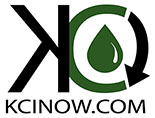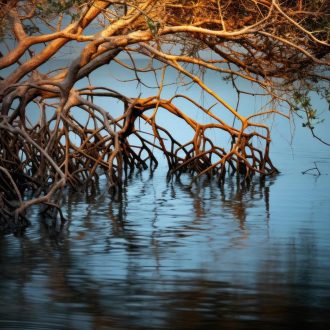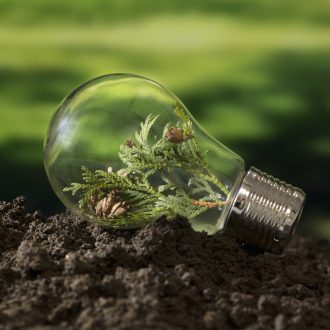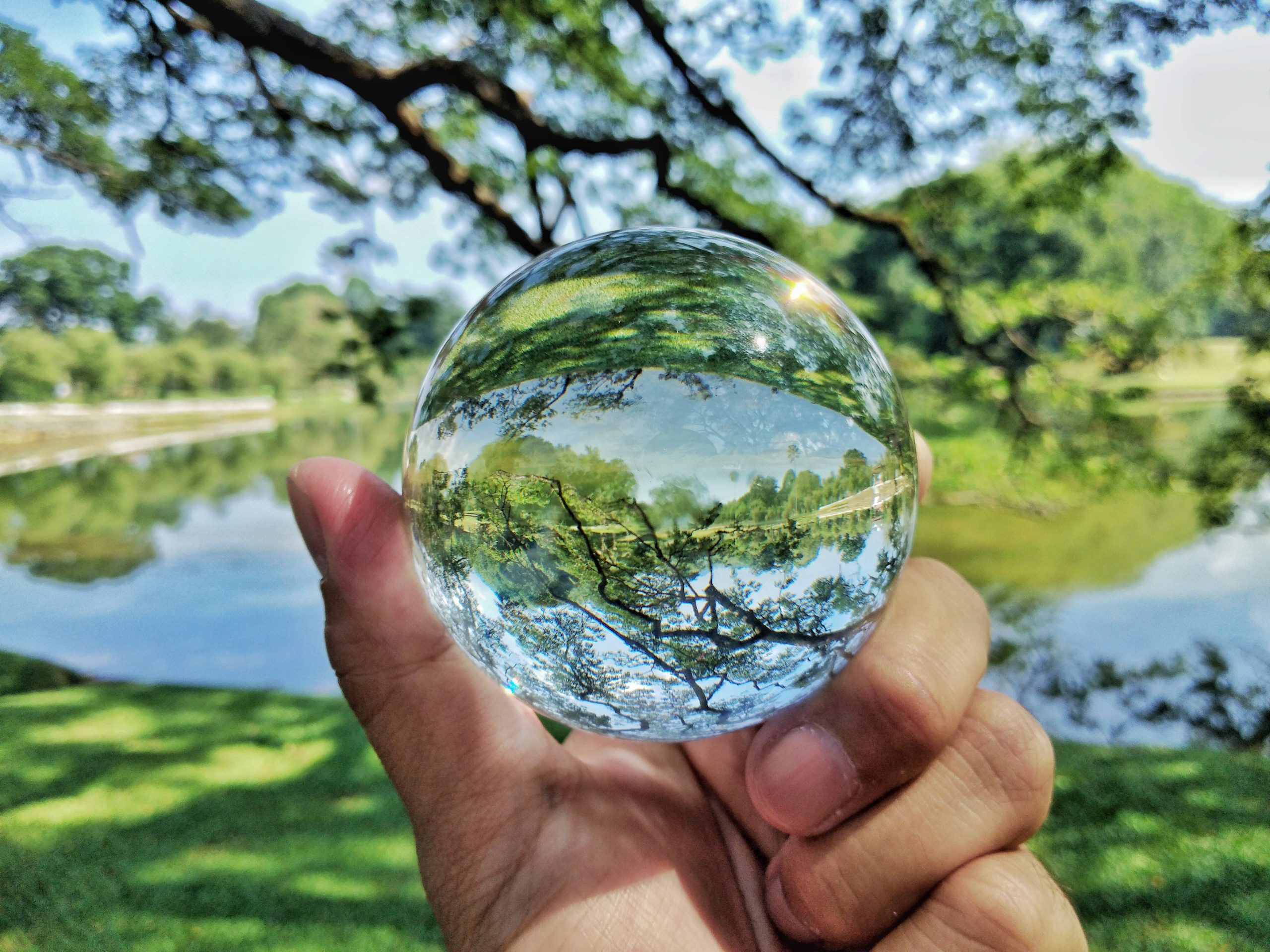
Many of America’s waterbodies are too polluted for fishing, aquatic life, or swimming. Untreated sewage, stormwater, and industrial waste pose significant risks to aquatic ecosystems, public health, and even the economy. On a global scale, two million tons of sewage is dumped into waterways every single day. Plus, pesticides and other chemicals on land often add to water and drainage runoff that funnels into these waterways, putting harmful chemicals in our main bodies of water and drinking sources.
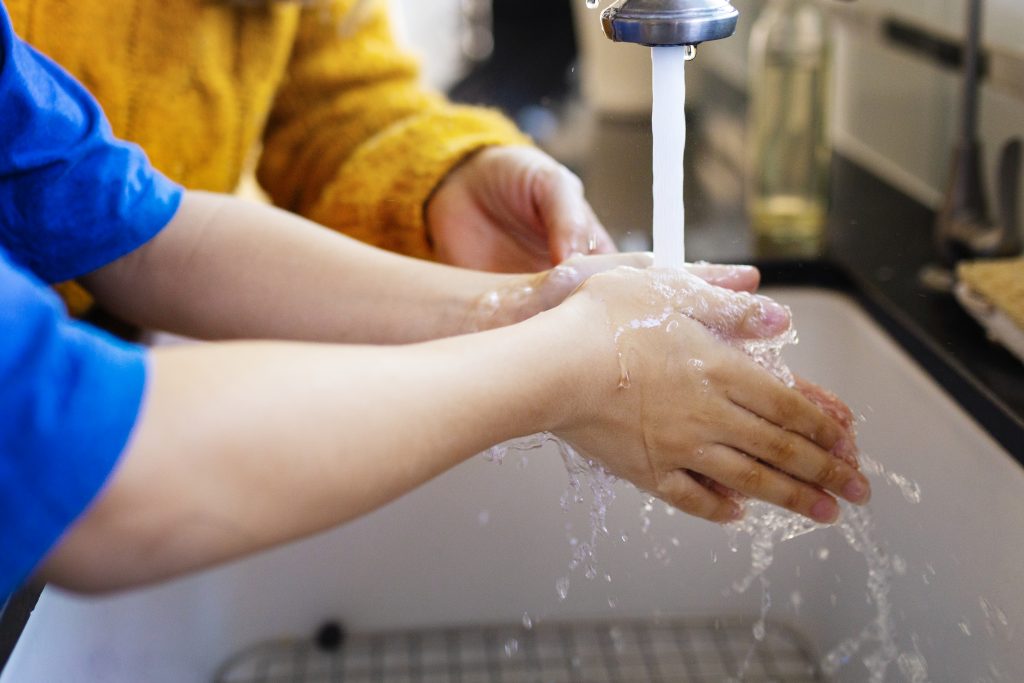
Non-point source stormwater pollution from agriculture, urban areas, construction activity, and industry point source wastewater treatment failures contribute to the endless challenge for clean water.
The earth’s population increase driving infrastructure expansion continues to be a primary cause of unsanitary water. This is a result of increasing demand for water, reduction of water resources, and increasing point and nonpoint source pollution, which are all driven by dramatic population and economic development growth.
Aquifers are layers of underground limestone and rocks that can hold and release water like sponges. The water stored in aquifers is called groundwater and it makes up approximately 80 percent of Florida’s water supply. The water cycle is the process when rain falls and returns to the atmosphere through evaporation and transpiration. A portion of rainfall soaks into the ground and recharges the aquifer. Florida’s aquifer system is used mostly for drinking water. Therefore, it is important to ensure groundwater is safe for drinking.
Pollution can be picked up by rainfall when it flows over roads, parking lots and other impermeable surfaces. This is called stormwater runoff. These various pollutants can wash into lakes and rivers. Groundwater and surface water bodies are separate and are quite interrelated. If pollutants enter a surface water body, it can find its way into our groundwater.
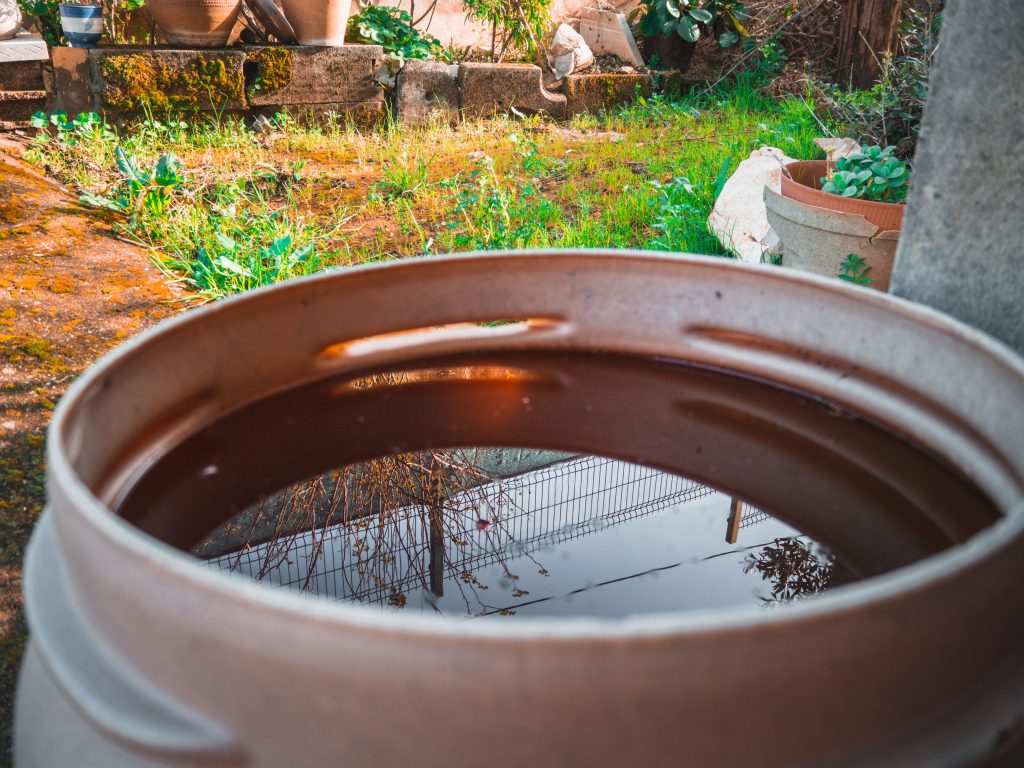
With the daily challenges to keep our water safe and to ensure this precious resource is available for tomorrow, we always need to try and conserve our water. To conserve water means to use it wisely and to not be wasteful. Even though we might have enough fresh water available to meet our needs today, we also need to plan for the future.
Here are five ways we can conserve water:
- Conserve water at home. Take short showers, check for leaks, and water your lawn only when necessary.
- Preemptive landscaping – use more native plants, they require less care and water.
- Use rainwater catchments such as rain barrels and reuse for watering plants.
- Use household appliances, such as the dishwasher and clothes washing machine only during a full load.
- Fertilize responsibly. Pollution from fertilizer, pesticides, and animal waste can be washed into the streams, rivers, and lakes.
By implementing these effective measures, we can also work towards cleaner, safer, and plentiful waterways for current and future generations. KCI can consult with you and help define appropriate stormwater management solutions based on your construction site or industrial facility’s needs. Call KCI today on 888-346-7779.
